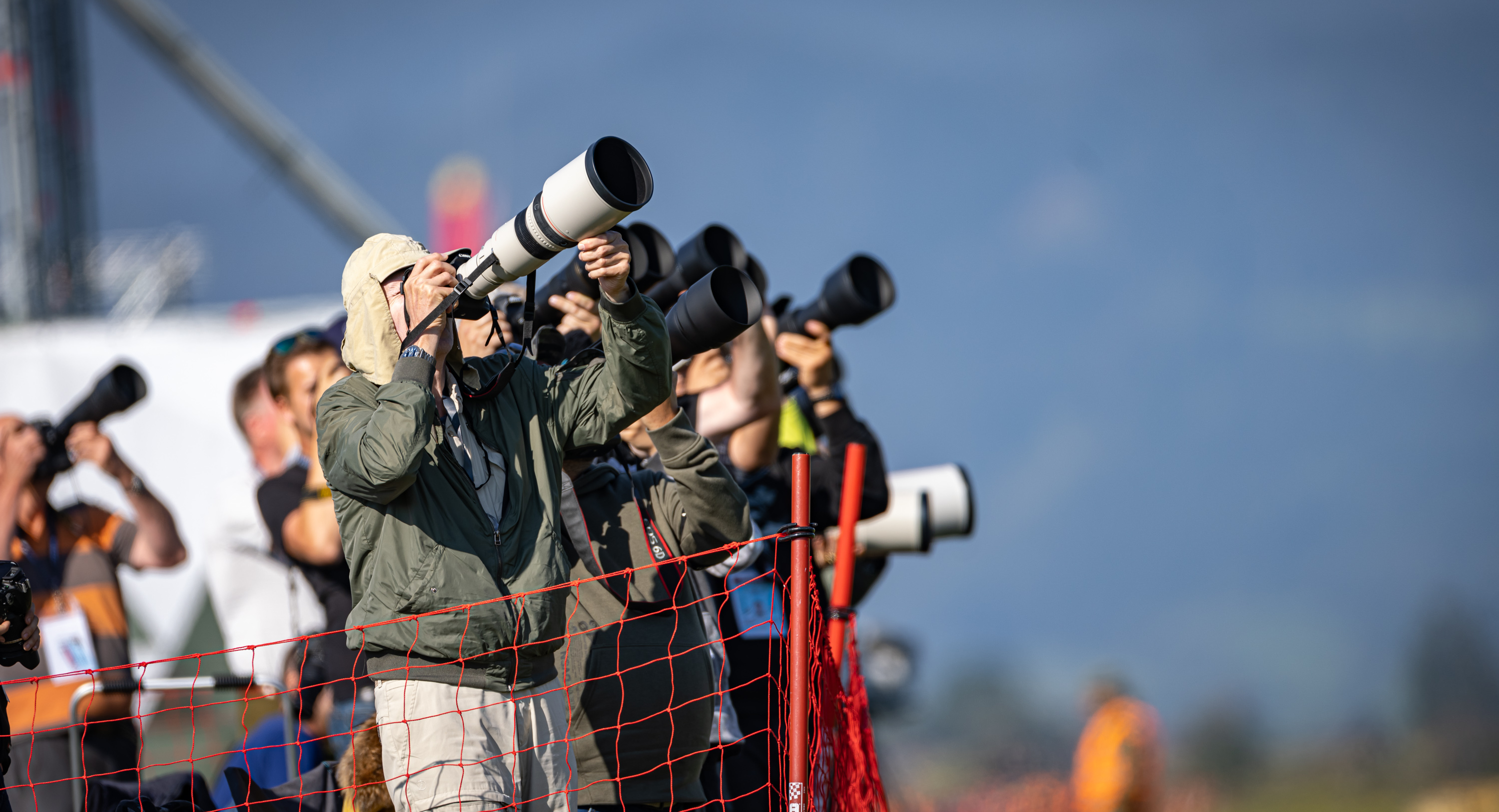
The Boeing PT-17 Stearman not only takes the viewer back to the time of the aviation pioneers – the pilots feel the same way. With its imposing double-decker design, aggressive flame paint job and beefy 9-cylinder radial engine, the “Harley of the skies” is one of the most photographed aircraft in Hangar-7.
The Stearman was developed as a training aircraft for the US Army in 1934. Due to its robustness and good flight characteristics, the Model 75 Stearman became the standard trainer for the US Army Air Corps and the US Navy. Over 10,000 units have been built. The Flying Bulls’ Stearman was completed in 1943. Back then with a 220hp Lycoming engine. After leaving the US Air Force, it was deployed in California as a spray aircraft for agriculture. A very typical fate for Stearmans at that time.
The Stearman made it as far as Hollywood. In Alfred Hitchcock’s “The Invisible Third”, she chased Cary Grant through the wheat fields. The Flying Bulls discovered their Stearman in a Californian barn, lovingly restored it after three years of precision work and equipped it with a powerful 450hp Pratt & Whitney Junior Wasp engine. According to pilot and Stearman conqueror Philipp Haidbauer, this engine gives it climbing characteristics that only a Learjet can compete with.
And on the ground? On take-off and landing, the Stearman is rather idiosyncratic. The Flying Bulls pilots are therefore split into two camps – lovers and, well, less enthusiastic captains. She owes this quality to her tail wheel suspension. Its challenge is the focus that lies behind the main landing gear legs. It has consequences especially when landing. Crosswind speeds of as little as ten knots are sufficient to demand everything from the pilot. But such is the way with true passion. Only rarely considered everybody’s darling, it is mainly held dearly by the more extreme pilots.
Boeing PT-17 Stearman
Technische Daten :